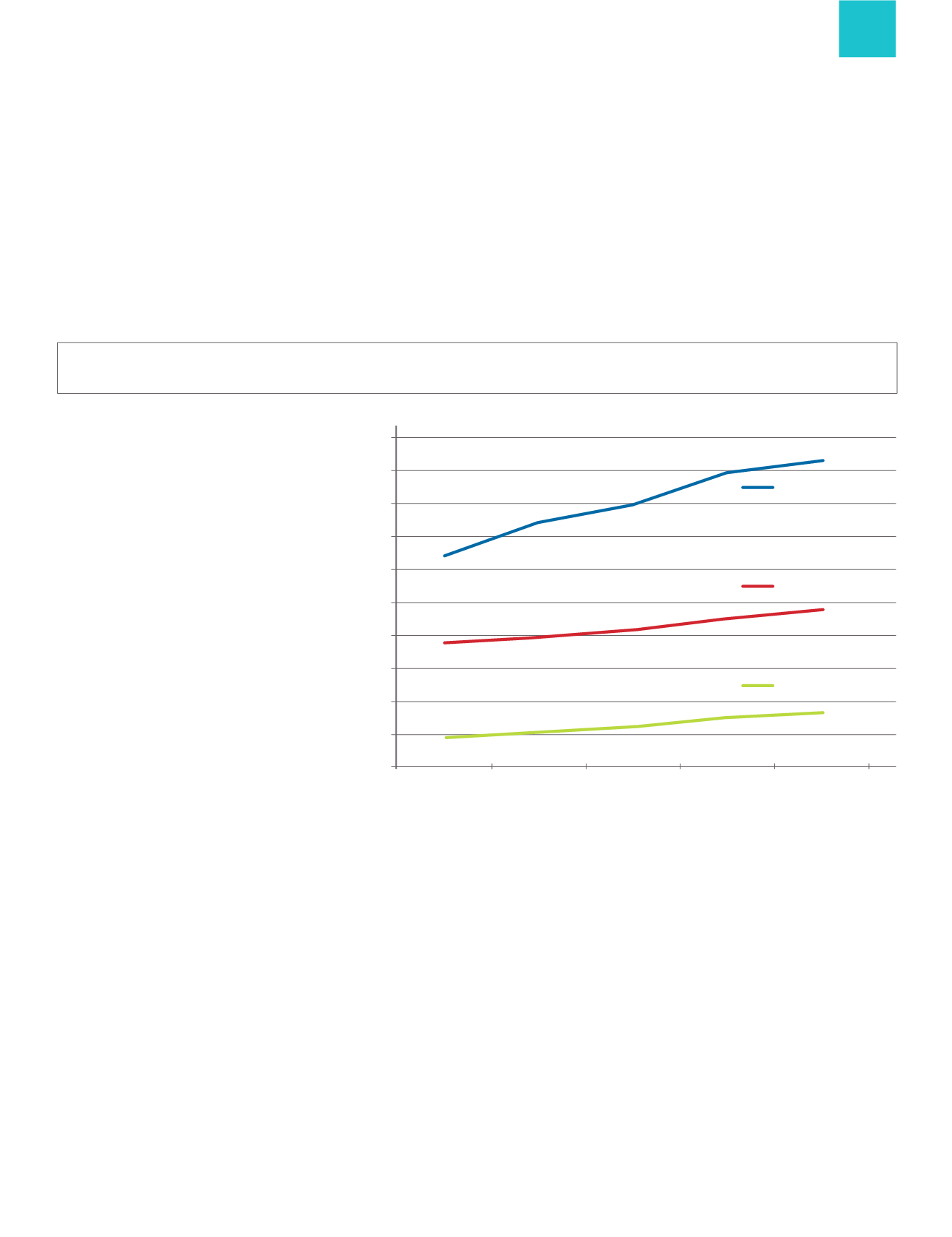
www.
nchra
.org
19
T
oday’s workplace is very different than in
years past. With the increasing use of email,
electronic devices, and computers, people
can now work from anywhere at any time. As a result of
this shift, flexibility and work/life balance have become
common discussion points in the world of business.
Flexibility can take many different forms. It could be
allowing employees to work remotely part of the
week, or taking time off in the middle of the day to pick
their kids up from school, making up the hours later in
the evening. It may also mean allowing employees to
work longer days Monday-Thursday, in order to have
Friday off, or working over the weekend if they have
other priorities on a Tuesday or Wednesday.
While the definitions of flexibility vary greatly, the
results of offering flexible work arrangements are
much clearer. Research has shown flexibility leads to
high engagement levels among workers. For example,
a recent study by Avatar Solutions examined 139
organizations, looking at the correlation between
employee engagement and responses to the question
“This organization’s culture promotes a healthy work/
life balance.” The organizations were split into four
quartiles and the 90th percentile. The study found,
on average, organizations that scored higher on the
work/life balance item obtained higher engagement
scores. Organizations where employees agree with
the item also scored higher when compared to the
National Engagement Norm.
The work/life balance item mentioned
previously was also correlated with employees’:
• Feelings of being respected
• Satisfaction with the job
• Feelings of being trusted
“Happiness is a place between too little and too much.” —Finnish Proverb
Leadership
FLEXIBILITY:
A KEY DRIVER
FOR ENGAGEMENT
By David W. Miller
90
70
50
30
10
80
60
40
20
0
-10
Q1
Q3
Q2
Q4
90
th
Percentile
Compared to Norm Diff
Engagement Score
Work/Life Balance Item
• Belief that senior management is concerned
about them
• Excitement about coming to work each day
• Willingness to recommend the organization
Other Benefits to Work Flexibility
Flexible work arrangements permit organizations
to
attract and retain
the most engaged and
productive talent. In one study of 886 working adults
currently employed full or part time, ages 18 and
older, 73 percent of working adults listed flexibility
as one of the most important factors when deciding
what company to work for
1
. Additionally, flexibility
permits organizations to retain top employees who
may search for a job that offers more flexibility or
who must move elsewhere for personal reasons.
By offering flexibility at your organization, these
employees have the option to continue to hold their
job despite various factors that may pull them away.
For example, at Avatar, we have offered the ability
for employees to switch to part time in order to go
back to school. In doing so, we hold on to these
employees’ expertise while also allowing them to
develop themselves, further engaging them as they
continue to see the organization cares about their
goals and aspirations.
Another benefit of offering flexible schedules
includes
higher productivity
among workers. In a
recent case study in the
Harvard Business Review
,
a call center piloted a nine month telecommuting
program that allowed employees to volunteer to
telecommute from home. The group of volunteers
was split, with half remaining in the office as the
control group and the other half telecommuting.
The study found the telecommuter group was more


